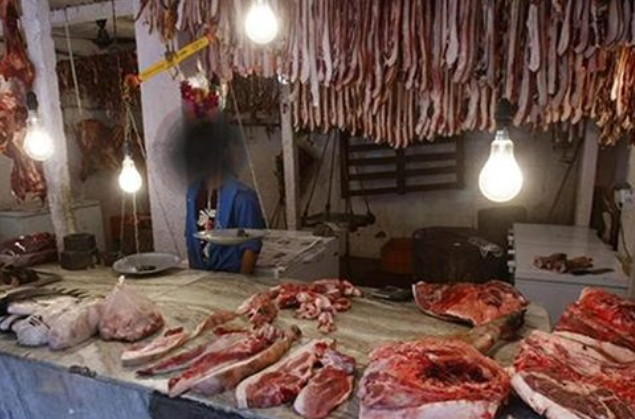
Agency: The meat retail sector is entering a new era of competition, promising better choices, fairer prices, and improved customer service, and giving retailers greater flexibility to grow their businesses.
For years, the Bhutan Meat Vendor’s Association (BMVA) maintained uniform pricing across its members. While this approach was intended to ensure fairness, it limited competition, stifled innovation, and kept prices rigid. Many retailers had little room to adjust prices based on operational costs or market conditions, and consumers were often left with limited options.
To support the transition toward independent pricing, the Competition and Consumer Affairs Authority (CCAA) conducted a one-day training session in Thimphu, bringing together 65 meat vendors from across the capital. The workshop focused on practical methods for calculating prices based on actual costs and emphasized the broader benefits of competition, including improved service, product quality, and stronger business growth opportunities for retailers.
The recent move toward independent pricing allows vendors to determine their own rates based on costs, demand, and quality. This shift encourages healthy competition, prompting retailers to improve service, hygiene, and product quality to attract customers. “We now have the freedom to innovate and respond to what our customers want,” said a vendor in Thimphu. “It’s an opportunity to grow our business while giving better value to shoppers.”
For consumers, the changes are expected to be noticeable. Greater competition can lead to a wider variety of meat products, fresher options, and pricing that better reflects true market conditions. Promotions, discounts, and service improvements may become more common as vendors seek to differentiate themselves in a more open market.
Experts note that the reform also has broader implications for Bhutan’s retail landscape. By encouraging transparency and competition, the market is likely to become more efficient, benefiting both consumers and sellers in the long term. Retailers who adapt quickly can expand their customer base and strengthen loyalty, while shoppers gain the power to choose among options that meet their preferences and budgets.
Officials and industry observers anticipate that this change could mark a turning point for the sector. Beyond pricing, the move encourages retailers to focus on hygiene, freshness, and customer satisfaction, elements that have historically been secondary in a fixed-price system. As competition drives innovation, the market could see new business models emerge, such as bundled offers, loyalty programs, or specialty cuts catering to niche customer needs.
Consumers stand to gain more control over their shopping choices, while vendors benefit from the freedom to run their businesses efficiently and creatively.



